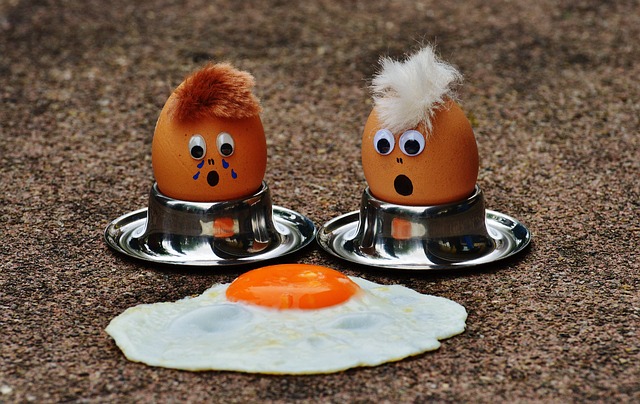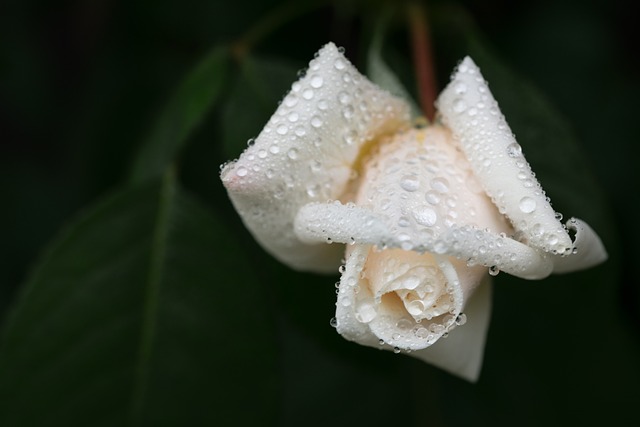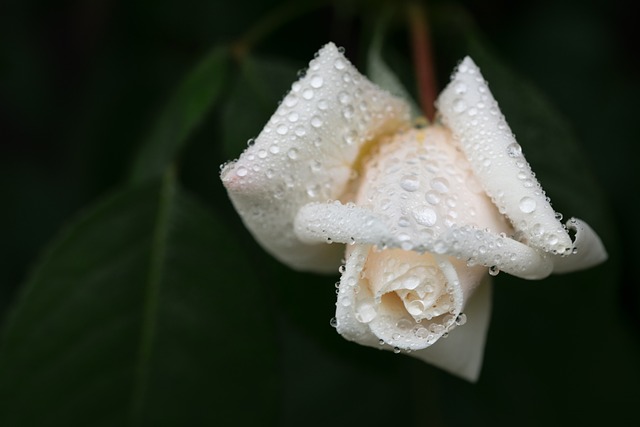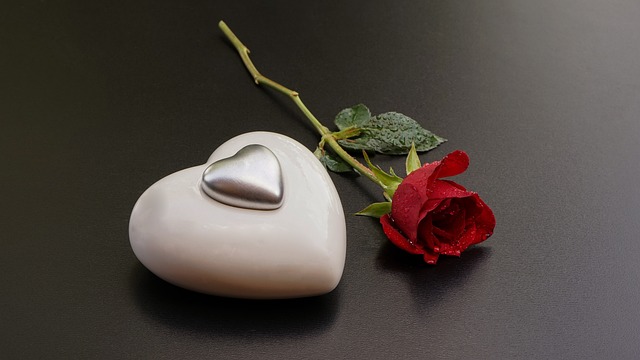Cremation practices across diverse religions like Hinduism, Buddhism, Christianity, Judaism, and Islam are deeply interwoven with each faith's doctrines and end-of-life beliefs. Hinduism regards cremation as a sacred rite essential for the soul's liberation or Moksha, with elaborate post-cremation rituals including immersion in sacred rivers. Buddhists view cremation as a natural process that aligns with their principles of impermanence and the release from the cycle of rebirth and suffering. While historically favoring burial due to the sanctity of physical remains and beliefs in bodily resurrection, modern Jewish perspectives have expanded to accept cremation under certain circumstances, particularly when it aligns with individual religious interpretations and personal wishes. The Christian Church, after a historical resistance, now widely accepts cremation as a respectful alternative to burial. Islamic tradition typically prefers earthly burial for resurrection, yet acknowledges cremation may be necessary in exceptional cases, guiding adherents to maintain dignity and respect for the deceased through appropriate practices. Across all these traditions, cremation services are evolving to reflect both religious sensibilities and contemporary societal values.
Cremation practices span diverse cultural and religious landscapes, each imbuing the process with unique significance. This article explores how various faiths—Hinduism, Buddhism, Christianity, Judaism, and Islam—approach cremation within their doctrines, reflecting a spectrum of beliefs and rituals. From the foundational role it plays in Hindu tradition to the modern acceptance of cremation in Christianity, and the evolving perspectives in Judaism, each religion offers a distinct view on this end-of-life service. Delving into these practices provides valuable insights into how different cultures honor life’s transition, respecting both individual beliefs and shared human experiences in the face of mortality.
- Overview of Cremation Practices Across World Religions
- The Role of Cremation in Hinduism and Its Significance
- Buddhist Perspectives on Cremation and Afterlife Beliefs
- Christian Views on Cremation: Modern Acceptance and Historical Considerations
- Judaism and the Evolution of Cremation Acceptance Within the Faith
- Islamic Insights on Cremation and the End-of-Life Rituals
Overview of Cremation Practices Across World Religions

Cremation is a practice found across various world religions, each with its own set of beliefs and rituals surrounding this process. In Hinduism, cremation is considered an essential ritual, symbolizing the release of the soul from the physical body and its journey towards liberation or Moksha. The ceremonies are often elaborate, involving specific rites and chants to guide the deceased’s spirit. The remains are then immersed in flowing rivers like the Ganges, which is believed to purify the ashes and the soul. Buddhism also supports cremation, viewing it as a way to return the physical form to the elements from which it originated. Traditional Buddhist practices may include cremation at a stupa or a temple, where family members and friends gather to perform rituals and offer prayers for the deceased’s soul.
In Islam, cremation is generally not practiced due to the belief in the resurrection of the body on the Day of Judgment. Muslims typically opt for burial, with the body facing Mecca. However, in exceptional circumstances, such as during wartime or when burial is impossible, cremation can be considered acceptable within Islamic law. The cremation services must be conducted with respect and dignity, ensuring that the ashes are treated with care until they are interred in a final resting place. Similarly, in Judaism, cremation was historically less common, with traditional practices favoring burial. However, attitudes have evolved, and modern Jewish law may allow for cremation under certain conditions, often influenced by the availability of burial sites or personal preferences. Cremation services for Jews are conducted with specific rituals and prayers, ensuring that the deceased’s remains are handled in accordance with religious laws and respect is upheld throughout the process.
The Role of Cremation in Hinduism and Its Significance

In Hinduism, cremation is a sacred rite that holds profound significance in the faith’s esoteric beliefs and rituals. The process of cremation serves as a transition for the soul from one existence to another, symbolizing the release of an individual from the physical world and their journey towards spiritual liberation or moksha. The ceremonies surrounding cremation are intricate and prescribed by religious texts, with each step carrying specific religious implications. The deceased’s body is bathed, dressed in white, and positioned on the pyre in a manner that respects the cardinal directions and elements of nature. Family members or priests perform mantras and rituals during the cremation process, ensuring that the last rites are performed with reverence and adherence to dharma. Cremation services within this context are not merely about the physical act but also encompass a series of rites that facilitate a smooth passage for the soul. These services are often provided by specialized Hindu funeral homes or pundits who are well-versed in the religious intricacies and ensure that the deceased’s journey to the afterlife is honored according to the tenets of their faith. The ashes, considered to be the purest form of the individual, are then immersed in a sacred river or kept in a stupa, signifying the continuation of the soul’s cycle of rebirths until it achieves spiritual perfection. Thus, cremation services in Hinduism are deeply rooted in religious philosophy and are conducted with great solemnity to ensure that the deceased’s spirit is guided towards ultimate freedom from the cycle of birth and death.
Buddhist Perspectives on Cremation and Afterlife Beliefs

Cremation has been an integral part of Buddhist rituals for centuries, aligning with the faith’s emphasis on simplicity and the impermanence of the physical form. From a Buddhist perspective, cremation is considered an act that helps to release the deceased from the cycle of rebirth and suffering. The process of cremation symbolizes the transient nature of life, as it reduces the body to its basic elements. It is believed that at the moment of death, if the mind is free from negative actions and attachments, the individual transcends to a higher plane of existence. Cremation services in Buddhism are often accompanied by chants and rituals that invoke blessings for the deceased, guiding their spirit towards enlightenment. The ashes are typically collected and respectfully interred or scattered in a place significant to the deceased or their family, rather than kept in urns, as this is seen as a reminder of earthly attachment.
The Buddhist concept of rebirth and the ultimate goal of reaching Nirvana shapes the approach to afterlife beliefs. The cremation process itself is not an end but a step towards understanding the nature of existence and the illusion of the self. The belief in karma, or the law of cause and effect, dictates that the quality of one’s life determines their next state of existence after death. Therefore, cremation services are often conducted with the intention of assisting the deceased’s journey towards liberation from the cycle of rebirth, a testament to the Buddhist belief in the continuity of consciousness and the eventual attainment of Nirvana.
Christian Views on Cremation: Modern Acceptance and Historical Considerations

Historically, the Christian Church held a stance against cremation, viewing it as inconsistent with the belief in physical resurrection. This perspective was deeply rooted in early Christian doctrine, which emphasized the sanctity of the body and the expectation of its resurrection on the Last Day. However, as time progressed and cultural norms evolved, the Church’s position softened. Today, many Christian denominations accept cremation as a dignified alternative to traditional burial, recognizing it as a matter of personal or familial preference rather than a theological issue. This modern acceptance is reflected in the diverse offerings of cremation services, which cater to the varied needs and beliefs within the Christian community. These services often include religious ceremonies that honor the deceased’s life and faith, while also providing flexibility and respect for the choice of cremation. The shift in perspective has been influenced by pastoral considerations, theologians’ reflections on the meaning of bodily resurrection, and the practical realities of modern society, all of which have contributed to a more inclusive approach within Christian traditions toward the end-of-life choices of their adherents.
Judaism and the Evolution of Cremation Acceptance Within the Faith

In Judaism, the traditionally prevailing view has long held that bodies should be buried rather than cremated, reflecting a deep-seated belief in bodily resurrection on the day of reckoning. This stance is rooted in the Torah, where it is explicitly stated that souls return to their maker but bodies return to the dust from which they were taken, emphasizing the sanctity and permanence of physical remains. However, as societal norms and individual perspectives have evolved, so too has the acceptance of cremation within the Jewish community. This evolution is influenced by factors such as environmental considerations, personal beliefs, logistical challenges, and the increasing availability of respectful cremation services that align with Jewish law, or Halacha. Today, many rabbis and Jewish religious authorities have come to recognize that under certain circumstances, cremation can be a valid option. The responsa literature, which is a body of rabbinic rulings and discussions, has expanded to include nuanced perspectives on cremation, reflecting the diversity of opinions within Judaism itself. This shift allows for greater individual autonomy and accommodates a spectrum of religious observance, ensuring that end-of-life choices respect both personal beliefs and the dignity of the deceased.
Islamic Insights on Cremation and the End-of-Life Rituals

Cremation within Islamic tradition is a subject that has evolved over time, with varying schools of thought across different cultures and regions. The Quran does not explicitly prohibit cremation, but it is generally not the preferred method due to the importance of maintaining the integrity of the body after death, which is respected in Islamic teachings. Islam emphasizes the necessity of earthly burial to honor the deceased and preserve their dignity. This practice aligns with the belief that resurrection on the Day of Judgment requires an intact physical form. In the event that cremation is necessary, as when natural disasters or other extraordinary circumstances prevent traditional burials, Islamic scholars may offer guidance to accommodate these exceptions while maintaining respect for the deceased. Cremation services in these scenarios are often conducted with the utmost care and reverence, ensuring the process aligns with the ethical and religious considerations of the community.
The end-of-life rituals in Islam are comprehensive, designed to honor the departed and facilitate their journey to the afterlife. These rituals include the Ghusl, or washing of the body, followed by Kafan, which is the wrapping of the body in a shroud. The burial should be done as soon as possible after death, often within 24 hours, to adhere to these practices and the natural processes of decomposition. The gravesite is typically marked with a simple stone or structure, and the location is often kept as a place of remembrance and visitation for the living to seek solace and reflection. Cremation services that cater to Islamic end-of-life customs must be sensitive to these rituals, ensuring that the deceased’s final rites are performed in accordance with their faith’s tenets.
In examining the diverse perspectives on cremation across different religions, it becomes evident that while traditions and beliefs may differ, the common thread of honoring the deceased’s legacy is a universal constant. The article has explored the nuanced approaches to cremation within Hinduism, Buddhism, Christianity, Judaism, and Islam, revealing a spectrum of acceptance and integration into end-of-life rituals. As societal norms evolve, cremation services have emerged as a respectful option for individuals from various religious backgrounds. This overview underscores the importance of understanding and accommodating individual beliefs and practices within the realm of death care. It is clear that cremation, as a practice, continues to adapt, reflecting both contemporary values and timeless spiritual considerations.
